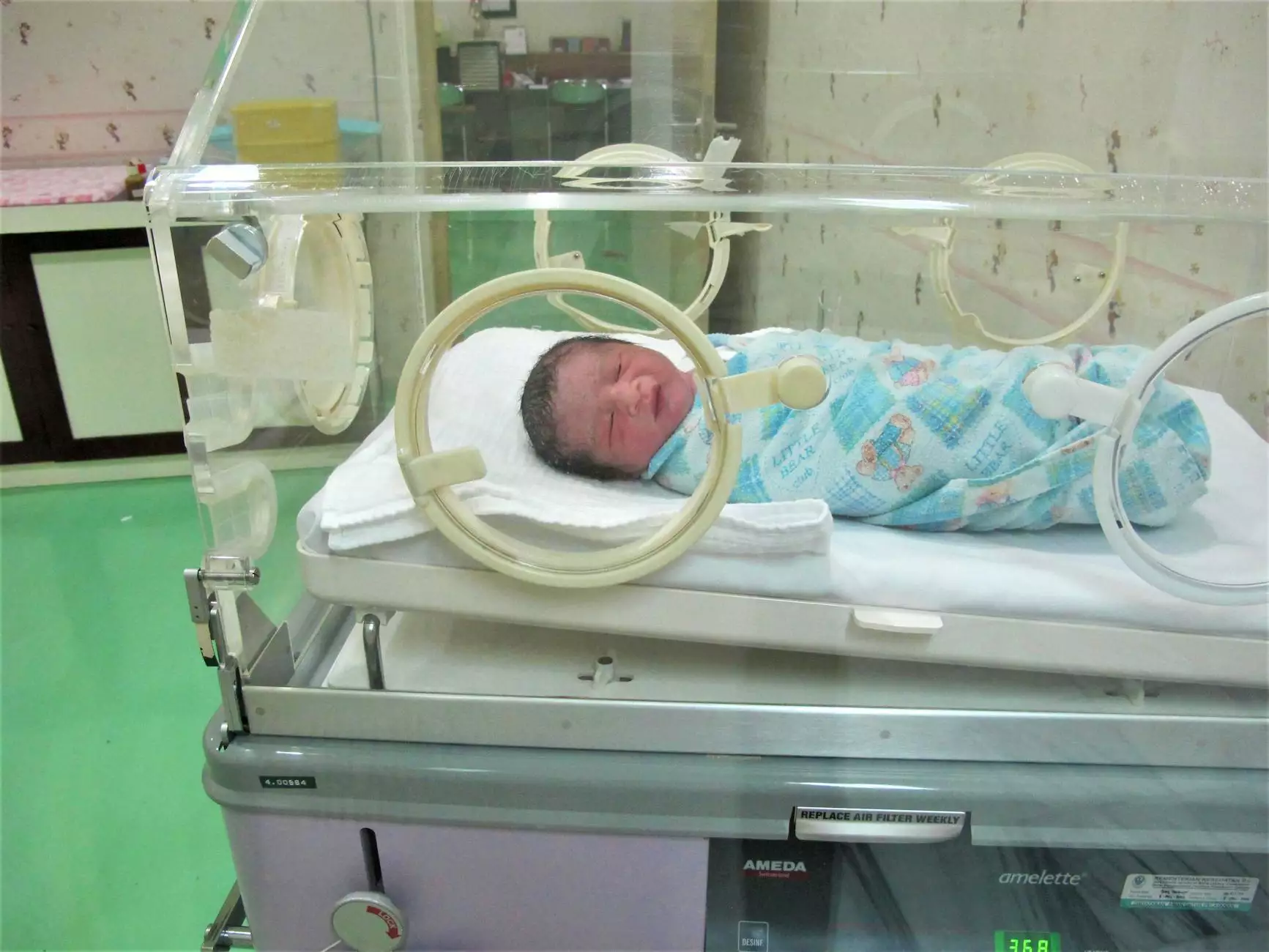Stereolithography: Revolutionizing 3D Printing

In the dynamic world of manufacturing and design, stereolithography (SLA) stands out as one of the most significant advancements in 3D printing technology. As we traverse through the intricate landscape of this cutting-edge method, we will uncover its origins, principles, applications, and its transformative impact on various industries.
What is Stereolithography?
Stereolithography is a form of additive manufacturing that utilizes a laser beam to cure liquid resin into solid parts. Developed by Chuck Hull in 1983, this technology represents the cornerstone of modern 3D printing. By layering resin, SLA allows for the creation of highly detailed and complex geometries that are often impossible to achieve with traditional manufacturing methods.
The Process of Stereolithography
The stereolithography process can be broken down into several key steps:
- CAD Model Creation: The journey of SLA begins with a digital model created using Computer-Aided Design (CAD) software. This model serves as the blueprint for the final product.
- Slice the Model: Once the CAD model is complete, it is sliced into thin horizontal layers. This information guides the printer on how to build the object layer by layer.
- Resin Preparation: A vat filled with liquid photopolymer resin is prepared. This resin is sensitive to UV light, which allows it to harden when exposed.
- Layer Curing: A laser projects onto the surface of the resin, selectively curing the resin as per the sliced model's specifications. This continues for each layer until the object is fully constructed.
- Post-Processing: After printing, the object usually undergoes cleaning and curing for complete hardening. This step may involve washing away excess resin and exposing the part to UV light.
The Advantages of Stereolithography
As businesses continually strive for efficiency and quality in their production processes, stereolithography offers several compelling advantages:
1. High Precision and Detail
SLA is renowned for its ability to produce parts with exceptional resolution and intricate details. This precision is critical in industries like aerospace and medical devices, where even the smallest imperfections can result in failure.
2. Smooth Surface Finish
Parts produced through stereolithography typically feature a smooth surface finish, reducing or eliminating the need for post-processing. This quality is advantageous for prototypes and end-use products alike.
3. Complex Geometries
One of the standout capabilities of SLA is its ability to create complex shapes that traditional manufacturing cannot. From intricate lattice structures to organic forms, the only limit is the designer's imagination.
4. Material Variety
Today’s SLA printers offer a diverse array of resins, including flexible, rigid, and biocompatible materials. This variety enables businesses to select the right material based on specific requirements and applications.
5. Rapid Prototyping
With stereolithography, rapid prototyping becomes a feasible reality. Products can move from concept to tangible prototype in a fraction of the time compared to traditional methods, enabling quicker iterations and faster go-to-market strategies.
Applications of Stereolithography
The versatility of stereolithography has led to its adoption across numerous industries. Below are some prominent applications:
1. Aerospace Industry
The aerospace sector utilizes SLA for prototyping engine components, housings, and even tooling. The high strength-to-weight ratio of SLA builds is ideal for achieving efficiency in flight.
2. Automotive Manufacturing
In automotive manufacturing, \*stereolithography\* is employed to create functional prototypes, parts for testing, and customized components. This helps in reducing development cycles and costs.
3. Healthcare and Medical Devices
The healthcare industry benefits enormously from SLA, where it is used to create models for surgical training, custom prosthetics, and dentistry solutions like crowns and bridges.
4. Consumer Goods and Jewelry
Companies in the consumer goods sector leverage SLA to produce detailed prototypes and intricate designs for jewelry. The technology allows designers to experiment freely with form and function.
Challenges and Considerations
While the advantages of stereolithography are significant, it is crucial to acknowledge certain challenges:
1. Material Limitations
Despite advancements, the choice of materials for SLA is still more limited compared to other methods like FDM (Fused Deposition Modeling). Businesses must assess whether the available resins meet their functional requirements.
2. Post-Processing Requirements
Although SLA provides smooth finishes, parts typically require extensive post-processing, including cleaning and additional curing. This can add to the overall production time.
3. Cost Considerations
The initial investment in SLA equipment can be substantial. Businesses must weigh the benefits against the costs to determine if this technology aligns with their operational goals.
The Future of Stereolithography
As technology continues to evolve, the future of stereolithography holds promising advancements:
1. Enhanced Material Properties
Research is ongoing into new materials that can expand the capabilities of SLA printers. Potential breakthroughs could lead to stronger and more versatile resins.
2. Integration with AI and Machine Learning
The incorporation of AI could optimize the printing process, providing real-time adjustments for quality assurance and enhancing production efficiency.
3. Greater Accessibility
As technology progresses, SLA printers are becoming more accessible to small businesses and even individuals. This democratization of 3D printing may lead to innovative applications across a broader range of sectors.
Conclusion
Stereolithography is more than just a printing technology; it is a transformative force in the realm of manufacturing and design. With its unmatched precision, ability to create complex geometries, and impact across various industries, SLA is paving the way for future innovations in product development and production. As the technology continues to advance, it is poised to redefine what is possible in 3D printing and beyond.
For businesses interested in leveraging advanced printing technologies, partnering with a leader in 3D printing solutions, like Infotron, could be the step towards realizing the full potential of stereolithography in their operations.









